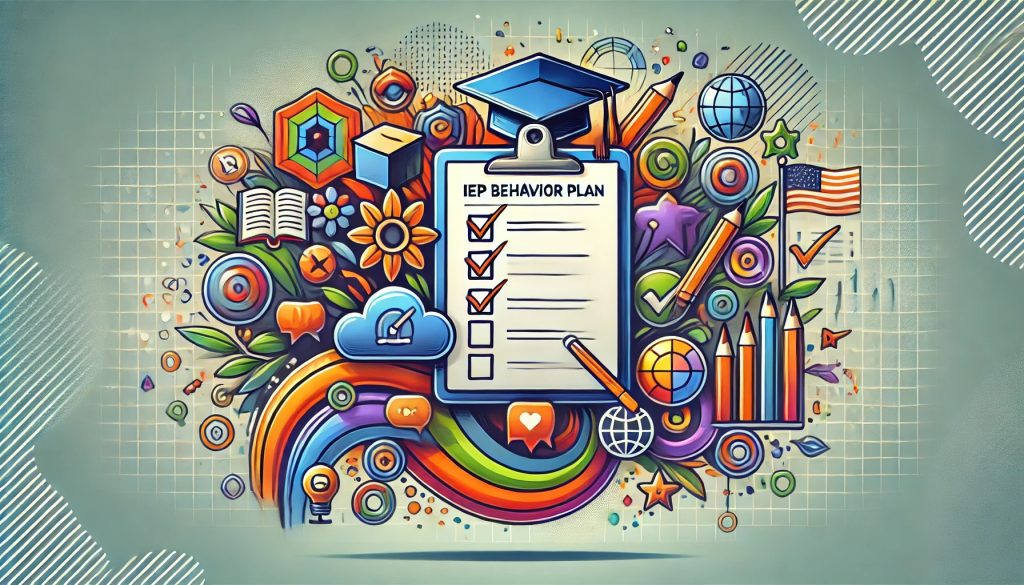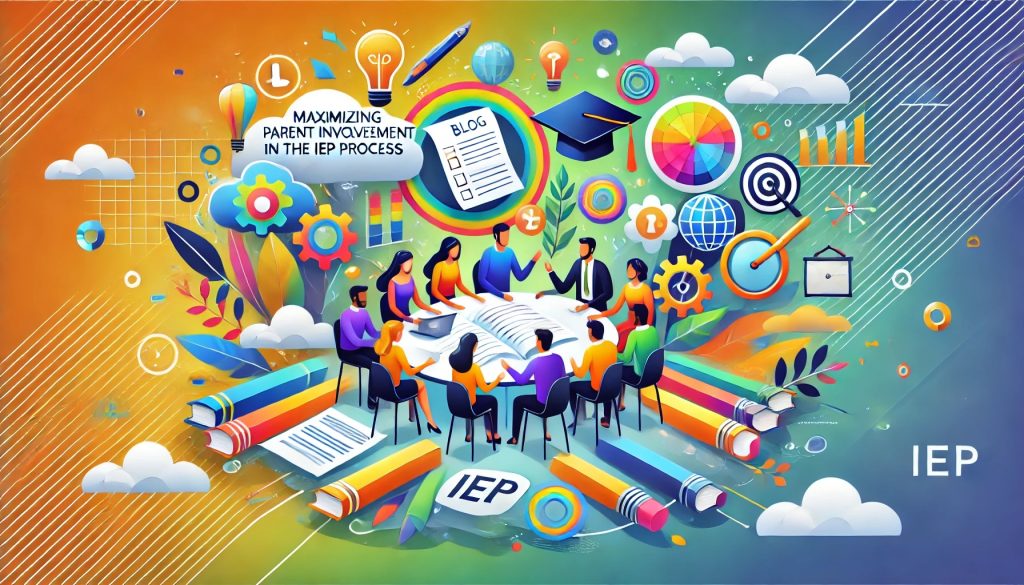The Importance of Accurate IEP Meeting Note Translations
Why Clear Communication Matters in IEP Meetings
IEP (Individualized Education Program) meetings are pivotal in outlining the support and services needed for students with disabilities. These meetings bring together parents, educators, and specialists to discuss a child’s needs and progress. For non-native English-speaking parents, understanding and engaging in these meetings can be challenging, which is why accurate translation of IEP meeting notes is crucial. Without clear communication, parents may feel excluded and unable to advocate effectively for their child.
Moreover, when IEP notes are accurately translated, it ensures that all parties have a consistent understanding of the discussions and decisions made. This alignment is vital for implementing the agreed-upon strategies and interventions, ensuring the student receives the necessary support. Thus, precise IEP translation is not just about language but about fostering collaboration and trust among parents and educators.
The Role of IEP Notes in Student Success
IEP notes serve as a detailed record of what was discussed during the meeting, including the student’s current performance, goals, and the services they will receive. These notes are essential for tracking the student’s progress and making necessary adjustments to their educational plan. For non-native English-speaking parents, having these notes translated into their native language is essential for them to stay informed and involved in their child’s education.
Translated IEP notes help parents understand the specific actions and strategies that will be used to support their child. This understanding enables them to reinforce these strategies at home, contributing to their child’s success. Additionally, clear and accurate translations prevent misunderstandings that could lead to inappropriate educational decisions, ensuring that every child receives the support they need to thrive.
Understanding IEPs
What is an IEP?
An Individualized Education Program (IEP) is a legally binding document developed for each public school child who needs special education. The IEP is created through a team effort and reviewed periodically. It outlines the child’s current performance, educational goals, and the specific services and supports the school will provide to help the child succeed.
The IEP process involves several steps, including evaluation, meeting, and monitoring. Each step requires careful documentation and clear communication among all team members, including parents. For non-native English-speaking parents, understanding the IEP process and the document itself is essential for effective participation and advocacy.
Key Components of an IEP
The IEP includes several key components, such as the child’s present levels of academic achievement and functional performance, measurable annual goals, and a description of how the child’s progress toward meeting the annual goals will be measured. Additionally, the IEP outlines the special education and related services to be provided, including supplementary aids and services, program modifications, and supports for school personnel.
Another critical component is the statement of the child’s participation in state and district-wide assessments. This section explains any accommodations or modifications needed for the child to participate in these assessments. Understanding these components is crucial for parents, as it allows them to be active participants in the development and implementation of their child’s educational plan.
Challenges in IEP Translation
Common Barriers to Effective IEP Translation
Translating IEP meeting notes involves several challenges that can impact the accuracy and effectiveness of the communication. One significant barrier is language proficiency. Translators must have a high level of proficiency in both the source and target languages to ensure accurate translations. This proficiency includes not only the ability to translate words but also the ability to convey the intended meaning and context accurately.
Cultural nuances and sensitivities also play a critical role in effective IEP translation. Translators need to understand the cultural context of both the source and target languages to provide translations that are not only accurate but also culturally appropriate. This understanding helps prevent misinterpretations that could lead to confusion or misunderstandings.
Legal and Educational Terminology
IEP documents contain specialized terminology that requires translators to have specific knowledge of legal and educational terms. These terms may not have direct equivalents in the target language, making it challenging to provide accurate translations. To address this challenge, translators must be familiar with the educational and legal systems of both the source and target languages.
Additionally, translators must stay updated on changes in educational policies and practices to ensure their translations are current and relevant. This continuous learning process is essential for providing high-quality translations that meet the needs of non-native English-speaking parents and support their active involvement in their child’s education.
Best Practices for Translating IEP Meeting Notes
Ensuring Accuracy in Translations
To provide accurate translations, it is essential to use qualified translators and leverage advanced tools. Qualified translators who specialize in educational and legal documents bring the necessary expertise to ensure high-quality translations. These translators understand the nuances of educational terminology and the importance of accurate communication in the IEP process.
Leveraging advanced AI tools can also enhance the precision and consistency of translations. AI tools can assist in translating complex documents quickly and accurately, providing a valuable resource for schools and parents. However, it is essential to combine these tools with human expertise to ensure the translations are both accurate and culturally appropriate.
Strategies to Improve Translation Quality
Translators should adopt strategies that enhance the overall quality of the translation process. One effective strategy is ensuring contextual understanding. Translators need to have a deep understanding of the context in which terms are used to provide accurate translations. This understanding helps ensure that the translations convey the intended meaning and are relevant to the target audience.
Cultural appropriateness is another critical strategy. Translations must be tailored to fit the cultural context of the target audience to ensure they are effective and respectful. This tailoring involves understanding cultural differences and nuances and incorporating this knowledge into the translation process.
Enhancing Parent Engagement
Facilitating Effective Communication with Non-Native English-Speaking Parents
Effective communication strategies are essential for engaging non-native English-speaking parents in their child’s education. One key strategy is providing translated documents in advance. By sharing translated IEP documents before meetings, parents have ample time to review the information, prepare questions, and fully understand the content. This preparation enables them to participate more effectively in the discussions.
Another vital strategy is offering real-time interpretation during meetings. Real-time interpretation ensures that parents can follow the conversation and contribute their insights without language barriers. Schools can employ professional interpreters or use technology solutions that provide real-time translation services. This approach fosters an inclusive environment where all parents feel valued and heard.
Ensuring Follow-Up and Clarifications
Follow-up communications are crucial to address any questions or misunderstandings that may arise after the IEP meeting. Schools should provide translated summaries of the meeting and offer additional clarification if needed. This follow-up ensures that parents have a clear understanding of the decisions made and the next steps.
In addition to follow-up communications, schools should create opportunities for ongoing dialogue with parents. Regular check-ins, either through phone calls, emails, or in-person meetings, can help maintain open lines of communication and reinforce the collaborative relationship between parents and educators. These practices are essential for building trust and ensuring that parents remain engaged in their child’s education.
Tools and Resources for Schools
Technology Solutions for Real-Time Translation
Advanced translation technologies can provide real-time translations of IEP documents, enhancing accessibility for non-native English-speaking parents. These technologies include machine translation tools and apps that can quickly convert text from one language to another. While these tools can be incredibly useful, it’s important to pair them with human oversight to ensure accuracy and cultural sensitivity.
For example, schools can use software that translates IEP documents and then have a qualified translator review the output to make necessary adjustments. This combination of technology and human expertise ensures that the translations are both efficient and reliable, meeting the needs of parents and educators alike.
Training Staff on Cultural Competence
Training school staff on cultural competence is essential for improving interactions with non-native English-speaking parents. Cultural competence involves understanding and respecting cultural differences and using this knowledge to communicate effectively. Training programs can help staff recognize potential cultural barriers and develop strategies to overcome them.
Staff who are culturally competent are better equipped to build positive relationships with parents from diverse backgrounds. They can use culturally appropriate communication styles, avoid misunderstandings, and create an inclusive environment that supports all families. Investing in cultural competence training is a proactive step towards fostering a welcoming and supportive school community.
References
- Colorín Colorado: Guide to ELL and IEP Process
- IDEA’s Guide to Dispute Resolution
- Harvard’s Research on Engaging Parents in Special Education
- Parent Center Hub: Communication in IEPs
Contact Us Today
Empower your child’s education by ensuring you’re fully informed and engaged in the IEP process. At Zing Translations, we provide expert translation services that guarantee clear communication between parents and schools. Reach out to us now to learn how we can help make the IEP process seamless and accessible for non-English-speaking families, ensuring every student receives the support they need.


